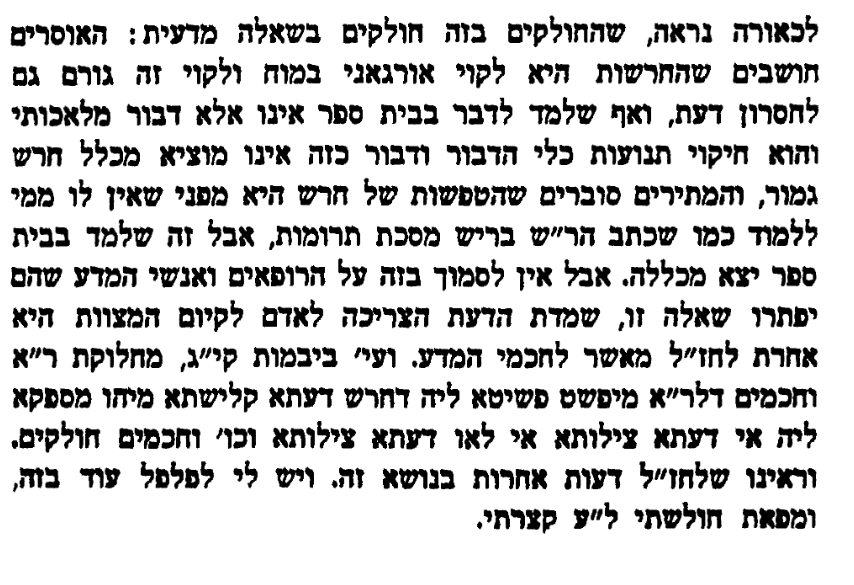In a brief digression from the rules of gittin, the Talmud digresses into ornithology. If a bird sips water in which ashes of the red heifer have been placed (known as מי חטאת) the water can no longer be used. This applies to all birds except for the pigeon, because it sips the water from the container and presumably none falls back into the water from its mouth. The source for this is a Mishnah from masechet (tractate) Parah (9:3).
כל הָעוֹפוֹת פּוֹסְלִין בְּמֵי חַטָּאת, חוּץ מִן הַיּוֹנָה – מִפְּנֵי שֶׁמּוֹצֶצֶת.
All birds disqualify water of purification by drinking from it, (because some of the water spills from the bird’s beak back into the basin after being disqualified by having been in the bird’s mouth.) This is the halakha with regard to all birds except for the pigeon, because it sucks the water, (which prevents it from spilling back).
HOW PIGEONS DRINK
We are most fortunate that back in 1982 Professor G.A. Zweers from the zoological laboratory at the University of Leiden published what is surely the definitive paper on the topic, Drinking of the Pigeon (Columba Livia L.). Zweers opens his 43 page gem by noting that birds drink in many different ways. “Most of them drink like waterfowl; they walk to or through the water, move their beak open and close their beak several times, take some water, tip head and let the water run down by gravity.” However the way in which pigeons drink had for many years been a source of academic debate, and it was time to clear this up once and for all. So Zweers decided to “formulate a mechanical model for the drinking of pigeons….” and film them merrily drinking using high speed cameras. Now Talmudology readers are the lucky beneficiaries of these herculean efforts.
Using a frame by frame analysis of high speed films and X-ray motion pictures, Zweers figured out that thirsty pigeons use “a double-suction or vacuum-pump model” to drink. Here is how it works:
Consummatory drinking is a series of similar movement cycles, each transporting one dose of water into the oesophagus. The swallowing movement cycle shows five phases:
1, capillary action of the beak tips;
2, lingual suction
3, pharyngeal preparation
4, pharyngeal suction;
and 5, oesophageal collection.
A double build up of an area of low air pressure occurs. As a result of the retraction of the tongue in the mouth (acting as a piston in a cylinder) low air pressure develops in the buccal cavity and water is sucked into the mouth. Secondly, a lower air pressure area develops in the pharynx as a result of a depression of its floor, so that the water in the mouth is given a momentum caudad, by which it is forced over the larynx into the oesophagus.
It’s not only pigeons who suck…
The Mishnah rules that other than the pigeon any bird that drinks the waters of purification renders it unusable, because it is only the pigeon that sucks in water through its beak. All other birds drink using different mechanisms, during which time drops of water may fall back into the water, and render it unfit. But this isn’t quite the case. Some parrots like the parakeet (known in the United Kingdom and many parts of the Commonwealth as budgerigar) and the fig parrots also use a sucking mechanism to swallow, though they are native to Oceania and the islands of south-east Asia, so the rabbis of the Talmud could not have known this. The African fork-tailed drongo (Dicrurus adsimilis) sucks in water like pigeons, but then tip their heads back to swallow it. And finally, the common sandgrouse drinks using a very similar mechanism to pigeons.
To conclude: the pigeon is not the only bird that uses suction to drink, but it is certainly one of the few species that do so. We had the benefit of high-speed photography and a determined German professor, but the rabbis of the Mishnah had only their daily observations to guide them, and most of the time that was good enough.
“Pigeons and doves are among the few birds that can suck water while their head is down. They don’t need to look skyward to swallow.”












